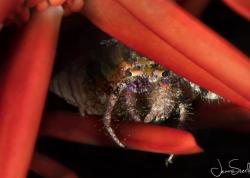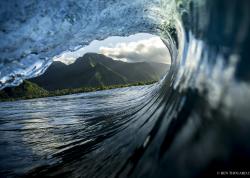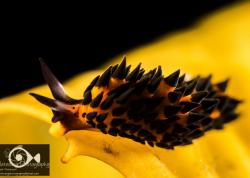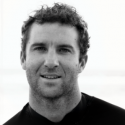Capture Great Photos in Blue Water

Shooting photographs in open blue water can be one of the most challenging and yet rewarding forms of underwater photography.
For me it has always been the most exciting way to shoot underwater as it requires all kinds of patience and experience while also being full of surprises and split second opportunities. And when all the right factors come into place the encounters can be life changing.
I'm familiar with these big trips to find pelagic ocean life and know what’s at stake with each photo opportunity, so I've put together 5 topics to take into consideration when attempting blue water photography.
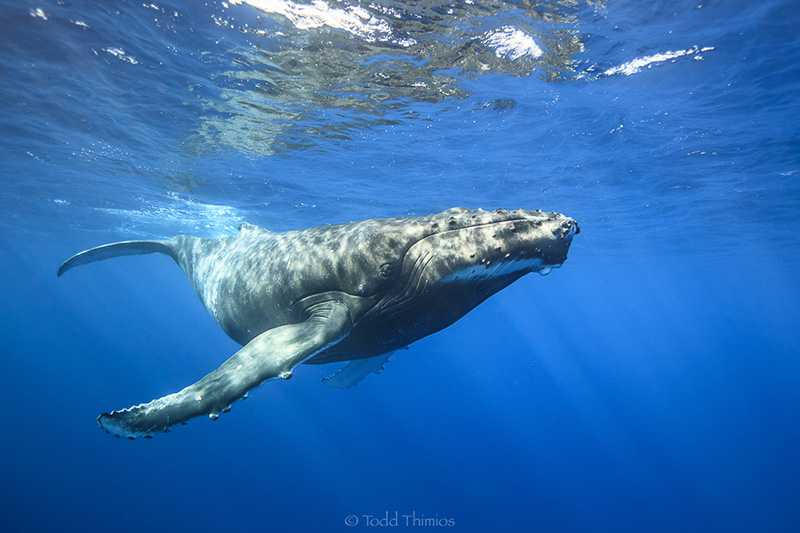
DO YOUR RESEARCH
We all want to nail that shot or be in that right place at the right time, but what does it really take to put yourself in “the spot’’? I have always been a firm believer in educating yourself about new environments before arrival. Understanding your subject’s behavior and characteristics and also understanding migratory, feeding and habitual patterns of your subjects all increase your chances of experiencing something special.
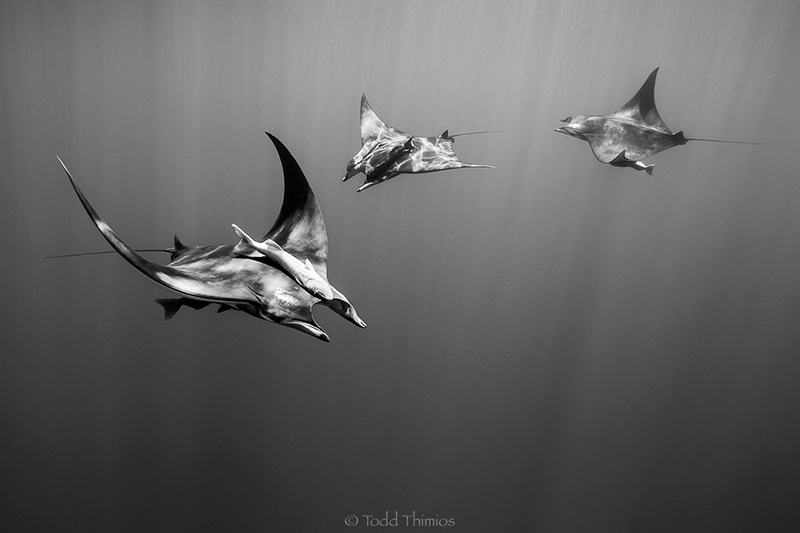
THE RIGHT GEAR AND SETTINGS
When photographing large marine life in open blue water it is pretty fair to decide on a wide-angle lens straight away. The beauty of wide-angle lenses, on top of allowing us to frame the entire subject, is their ability of close focus and the amount of light they allow. Giving the shooter the extra pleasure of shooting with a faster shutter speed and not a crazy high ISO.
A few things with equipment setup to consider:
- Why flash? Unless you have a shark rubbing its nose on your dome port in limited ambient light, consider removing your strobes. You should be shooting with a shutter speed around 1/250th or more. Most SLR strobes won’t sync beyond 1/250th and only light up an area roughly 2 meters in front of you. On top of all this, and probably most importantly, think mobility! You’re going to be free diving and making fast movements. You want and need be agile, and big strobes, arms and clamps will slow you down.
- Shoot in continuous shooting mode with a large memory card and a spare battery. Don’t be afraid to shoot from the ‘’hip’. It’s not every instance that you get the chance to compose through your view finder. Put that camera’s shutter to work.
- Understand your camera's different focus options and learn about your camera's capabilities with follow (tracking) focus. Lastly, practice selecting multiple focus points on your camera and see what gives the best results.
- I find great comfort in shooting in TV (shutter priority mode). The reason for this is you don’t always know the direction you are going to be shooting. The subject could come and go from a number of different directions with your camera reading different values of metered light.
What shutter priority does is it allows you to fix your desired shutter speed, with the aperture chosen by the camera in real time as it calculates stops of light needed to achieve a safe exposure. I don’t want to be changing settings when Sailfish or Dolphins are darting around me from all different directions. Don’t get me wrong, I still shoot manual in blue water, but only when I decide that the ambient light wont be changing no matter which direction I face and when I can always ensure my histogram supports the decision.

BE COMFORTABLE IN YOUR SURROUNDINGS
Let's consider your environment when photographing Whales, Sharks, Dolphins, Mantas and so on in the open ocean. Normally we’re looking at very deep water a long way from land. This brings me to my point; you need to be comfortable in the open water! Some of the best photographers I’ve worked with were free divers, spear fisherman or even surfers before picking up a camera. They know how to read the ocean and marine life, reserve energy and in some cases hold their breath longer than one would think possible. You can image the advantage they have.
Lastly, take note of the sun's location to you and your subject, as this will play a critical role in shooting in ambient light.
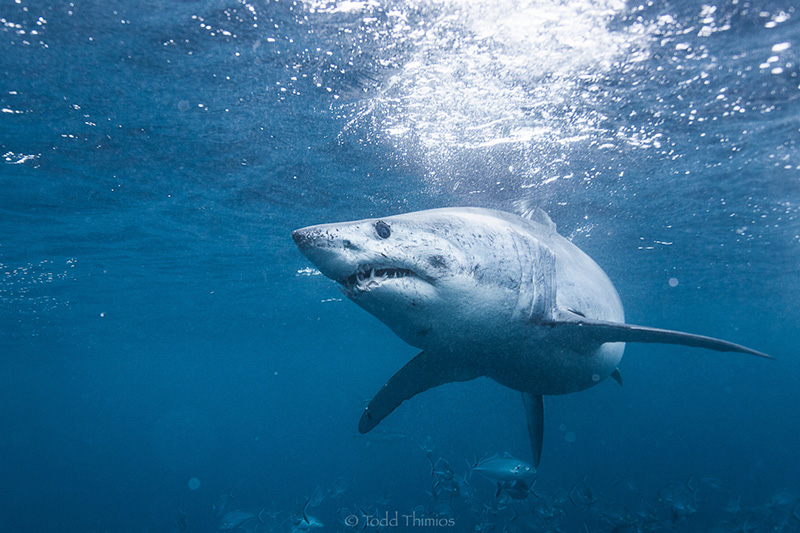
ANIMAL BEHAVIOUR
I love it when I achieve strong eye contact with my subject. I feel it just takes the experience to a new level. It gives your audience more connection with the image, and to me personally, it leaves a more definitive memory. On the contrary, learn when to back off as well. It can be easy to see in photographs that the subject is agitated or distressed, so learn the warning signs and respect your subject.

GET CLOSE BUT RESPECT
Ok here it is… get close!!! Yes, you’re photographing some thing huge and yes your lens is wide, but wide-angle lenses also display the image further away and smaller than the natural eye sees it (due to the wide field of view). We want to see the detail and beauty of what you're photographing, so get close.
Enjoy and dive safe.
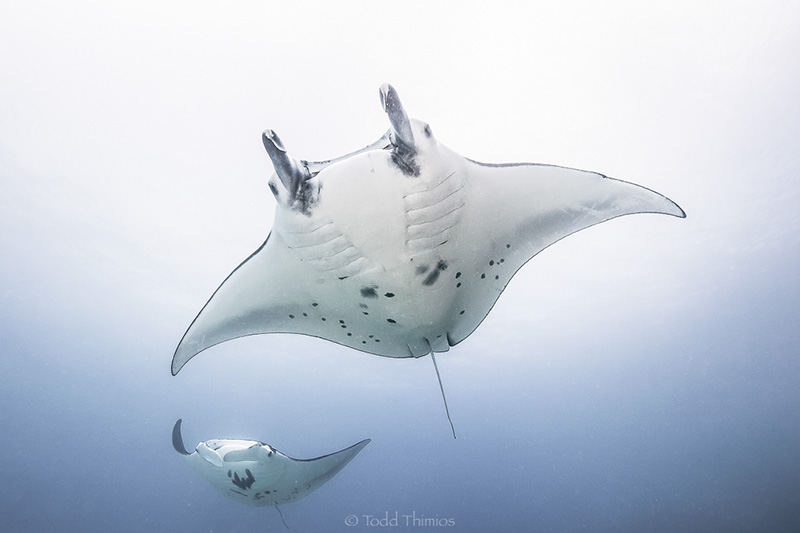

RECOMMENDED ARTICLES
SUPPORT THE UNDERWATER PHOTOGRAPHY GUIDE:
The Best Service & Prices on u/w Photo Gear
 Visit Bluewater Photo & Video for all your underwater photography and video gear. Click, or call the team at (310) 633-5052 for expert advice!
Visit Bluewater Photo & Video for all your underwater photography and video gear. Click, or call the team at (310) 633-5052 for expert advice!
The Best Pricing, Service & Expert Advice to Book your Dive Trips
 Bluewater Travel is your full-service scuba travel agency. Let our expert advisers plan and book your next dive vacation. Run by divers, for divers.
Bluewater Travel is your full-service scuba travel agency. Let our expert advisers plan and book your next dive vacation. Run by divers, for divers.




